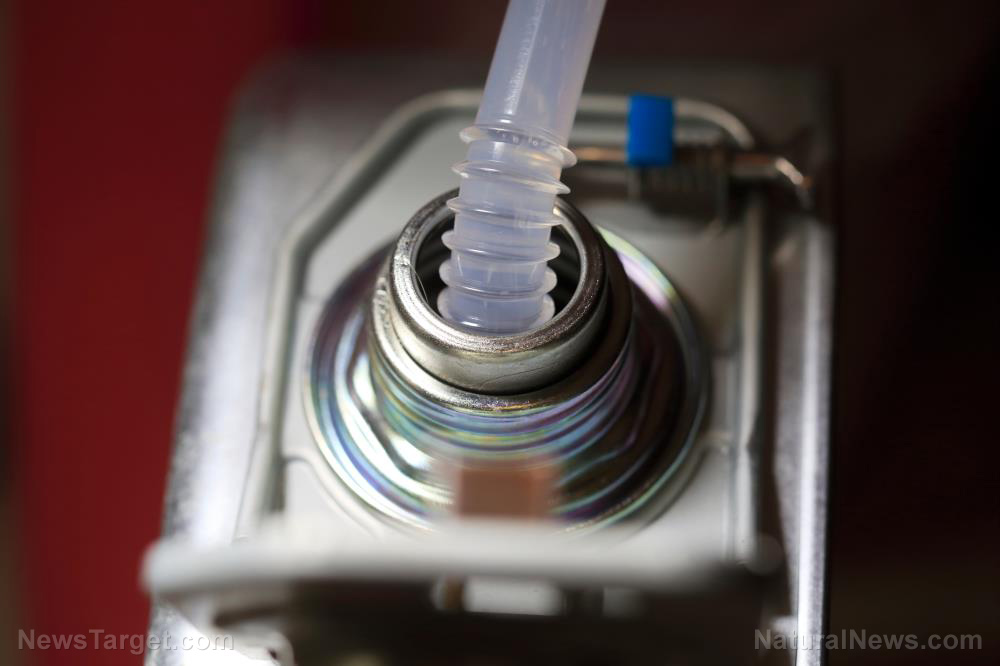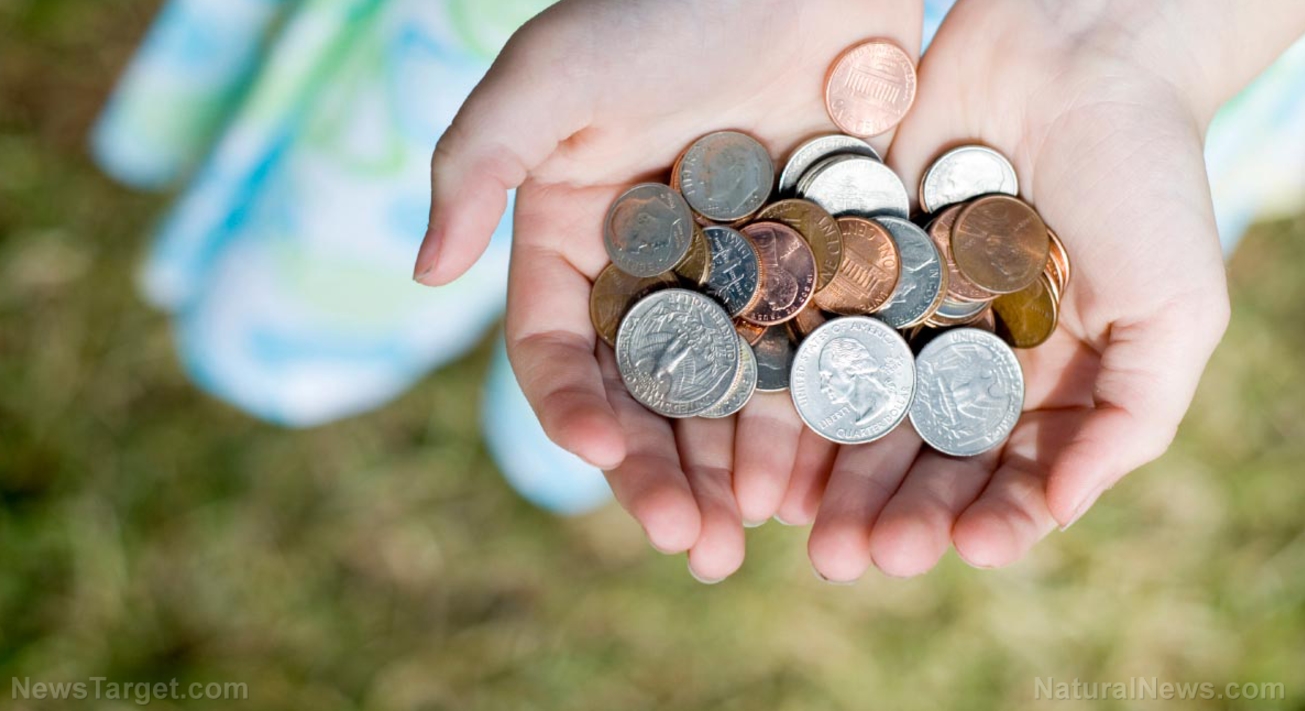Survival essentials: 25 Items you’ll need in your stockpile before SHTF
09/16/2021 / By Divina Ramirez

A crucial part of prepping is stocking up on supplies you’ll need for virtually any kind of emergency or disaster. But with so many things to consider and so many products to choose from, prepping can seem like an intimidating task to someone who’s just getting started.
While prepping won’t be the same for everyone, there are some supplies that almost everyone will need. These include: (h/t to ModernSurvivalBlog.com)
- Personal hygiene products – Water will be one of the first utilities to go when disaster strikes, so it’s a good idea to stock up on water and items that will help keep you clean even without running water. These items include toilet paper, diapers for babies, hand sanitizer, tampons, toothbrushes and toothpaste, deodorant and dental floss.
- Dry food – Dry foods like rice and beans will store for months. They’re also a good source of carbohydrates, which you’ll need to keep your energy up when SHTF. (Related: Food supply tips: 9 Best survival foods to buy from the grocery store.)
- Water – Store enough clean drinking water to last you and your household for two weeks. Experienced preppers typically recommend storing at least one gallon of water per person per day.
- Water filter – Clean drinking water is crucial for survival, but your stored water will run out eventually. Therefore, it helps to have a few water filters on hand.
- Water container – Stainless steel cups, jugs and tumblers allow you to boil water easily for purification. Water containers also make it easier to transport water.
- Firestarters – Lighters, matches and ferro rods allow you to easily make a fire for keeping warm, cooking and purifying water.
- Cordage – In survival situations, cordage can be used as a fishing line or clothes line. It can also be used to suspend food or other items that need to be kept away from wildlife.
- Flashlights – Flashlights are better than candles if you’re searching for something in the dark or bugging out at night.
- First-aid kit – A first-aid kit is handy for when you need to clean a minor wound, cut or burn to keep it from getting infected. If you can afford to, add a tourniquet to your kit. Tourniquets are an effective tool for stopping excessive bleeding.
- Two-way radios – These radios are best suited for close-range communications. Give each member of your household one if you’re bugging out.
- Rechargeable batteries – Batteries allow you to power your flashlights, radios and other small devices. You can now buy rechargeable batteries. Some batteries can also be charged using a solar battery charger.
- Portable stove – Get a portable stove that you can safely use indoors for cooking and boiling water.
- Heavy-duty tarps – Heavy-duty tarps have many uses. You can use them to collect rainwater for drinking or make a shelter if you don’t have a tent.
- Self-defense weapons – This can be a gun, taser or knife – any tool that you can use to defend yourself in case of an attack. If you choose a gun, make sure to stock up on ammunition.
- Backpack – You never know when you’ll need to bug out or evacuate. Keep your supplies and gear in a backpack that you can just grab when you need to go. Each member of your household should have one.
- Seeds – Seeds will be priceless after SHTF. Store the seeds of fruits and vegetables you like so that you can easily grow them in your survival garden.
- Duct tape – Duct tape is one of the most versatile items a prepper can have. You can use duct tape to repair broken containers, make cordage, attach shelter elements or handcuff an attacker – the list goes on.
- Map – Get a map of the region you’re in so you can easily find your way even without using the Global Positioning System (GPS).
- Compass – A compass also allows you to navigate easily if you don’t have a GPS device.
- Candles – Stock up on various candles in case of a power outage.
- Sleeping bags – Sleeping bags can keep you off the ground, which can get cold at night. You can easily pack a sleeping bag in your bugout bag (BOB) in case you need to bug out.
- Cash – If disaster strikes and the power goes out, it’s likely that banks will be closed and automated teller machines (ATMs) won’t be working. Keep extra cash on hand in case you need to replenish supplies.
- Plastic sheeting – Plastic sheeting can be used to darken windows at night in an SHTF scenario. You can also use it to seal off areas and keep germs and bad air from coming in.
- Vitamins and supplements – Getting all the essential vitamins and minerals you need from foods alone won’t be easy in an SHTF scenario. Stock up on vitamins and supplements you can take daily to maintain optimal health and well-being.
- Bleach – You can use bleach to disinfect your tools and purify water for drinking.
For more on how to prepare for SHTF scenarios, visit Preparedness.news.
Sources include:
Tagged Under: bug out, disaster, emergency, Gear, off grid, preparedness, prepper, prepping, self-sufficient, SHTF, Stockpile, survival, survival food, survival gear, survivalist, tips
RECENT NEWS & ARTICLES
Homesteading.News is a fact-based public education website published by Homesteading News Features, LLC.
All content copyright © 2018 by Homesteading News Features, LLC.
Contact Us with Tips or Corrections
All trademarks, registered trademarks and servicemarks mentioned on this site are the property of their respective owners.





















